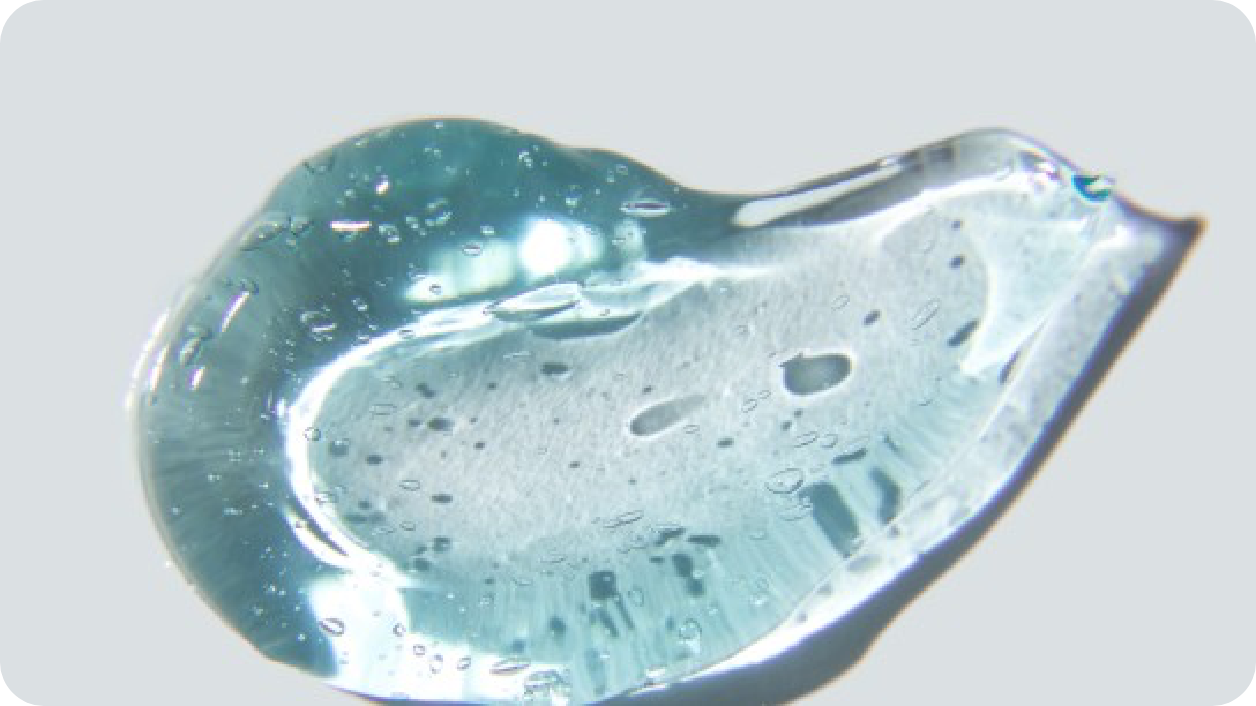Amyl acetate, also known as pentyl acetate, is a chemical compound with various industrial applications. Here are some of its uses:
- Solvent: Amyl acetate is commonly used as a solvent in industrial processes, particularly in the production of paints, coatings, adhesives, and cleaning products. It is valued for its ability to dissolve a wide range of organic compounds.
- Flavoring Agent: It is utilized as a flavoring agent in the food and beverage industry, particularly in the production of fruit-flavored products, such as candies, chewing gum, and beverages.
- Fragrance Ingredient: Amyl acetate is used as a fragrance ingredient in perfumes, colognes, cosmetics, and personal care products, where it provides fruity and floral notes.
- Paints and Coatings: It serves as a solvent in the formulation of paints, varnishes, lacquers, and coatings for architectural, automotive, and industrial applications, where it helps dissolve resins, pigments, and additives.
- Adhesives: Amyl acetate is employed in the formulation of adhesives and sealants, such as wood glues, contact adhesives, and pressure-sensitive adhesives, where it serves as a solvent and carrier.
- Cleaning Products: It is used in household and industrial cleaning products, such as degreasers, paint removers, and spot cleaners, where it effectively dissolves oils, greases, and residues.
- Printing Inks: Amyl acetate is used as a solvent in the production of printing inks for various printing processes, including flexographic, gravure, and screen printing, where it provides good solvency power and drying properties.
- Chemical Intermediates: It serves as an intermediate in the synthesis of various chemicals, including fragrances, pharmaceuticals, and plasticizers.


